7 Oranges That Are All Peel and 5 Must-Try Varieties for Citrus Fans
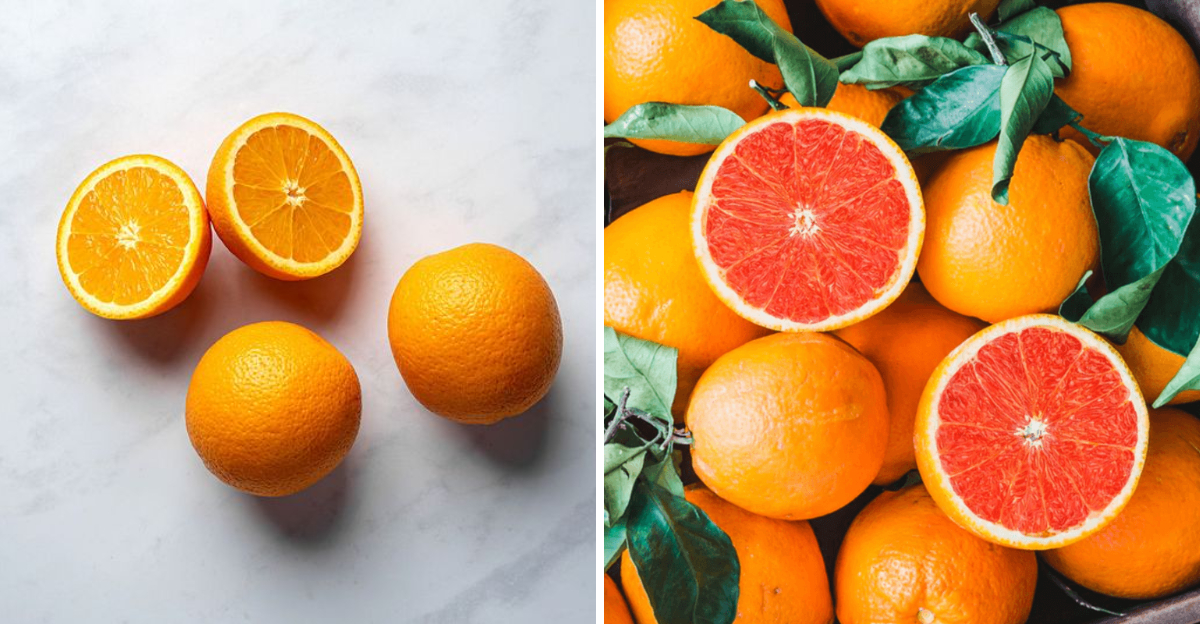
Explore the world of oranges with a mix of varieties known for their less-than-desirable peel-to-fruit ratio and those celebrated for their delightful taste and juiciness. This guide delves into seven kinds of oranges often criticized for their thick peels and lesser pulp, alongside five must-try varieties that promise a burst of flavor. Whether you’re a citrus enthusiast or new to exploring different types of oranges, this list provides insights and recommendations to enhance your citrus experience.
1. Seville Oranges
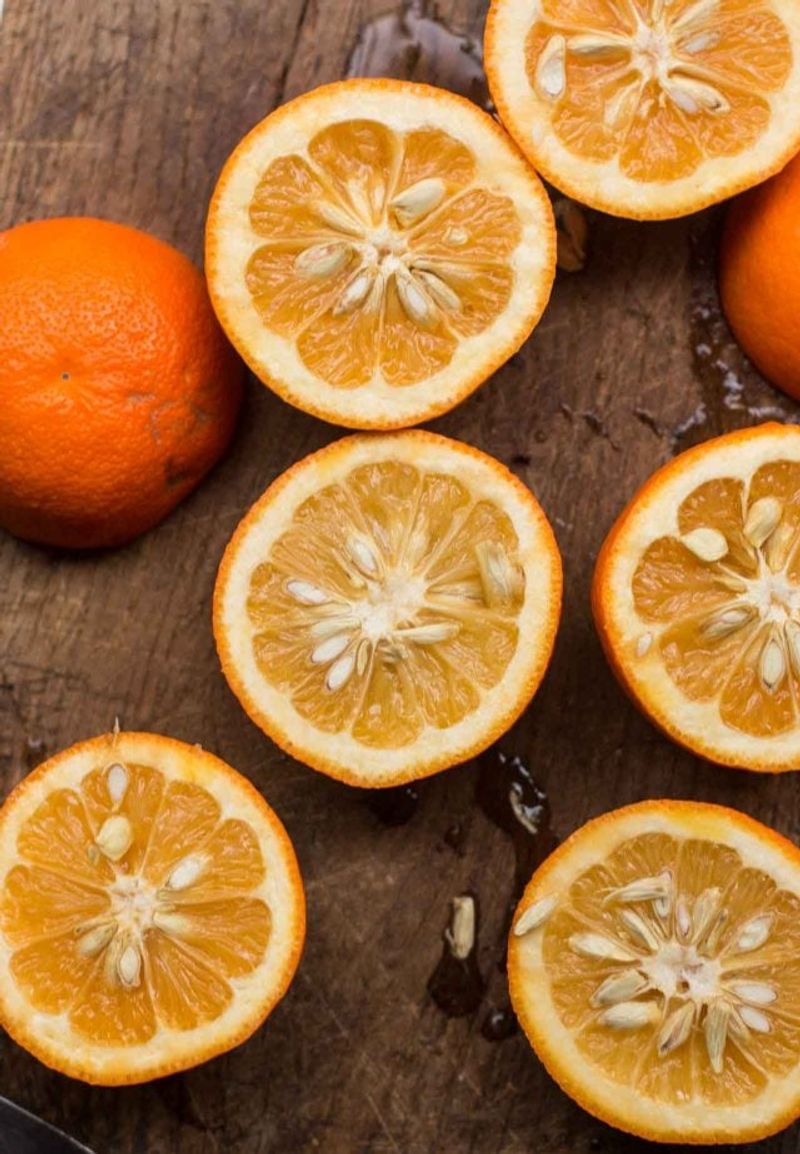
Known for their super bitter taste, Seville oranges are primarily used for making marmalade. These oranges aren’t the best choice for snacking unless you enjoy a mouthful of sour regret. Their thick peel and scanty juice make them more suitable for culinary use. Historically, Seville oranges have been cultivated for centuries, prized for their unique flavor. Despite their bitterness, they hold a special place in kitchens worldwide. Their zest and juice add a tangy kick to various recipes, making them indispensable in many cuisines.
2. Jaffa Oranges (Commercial Imports)
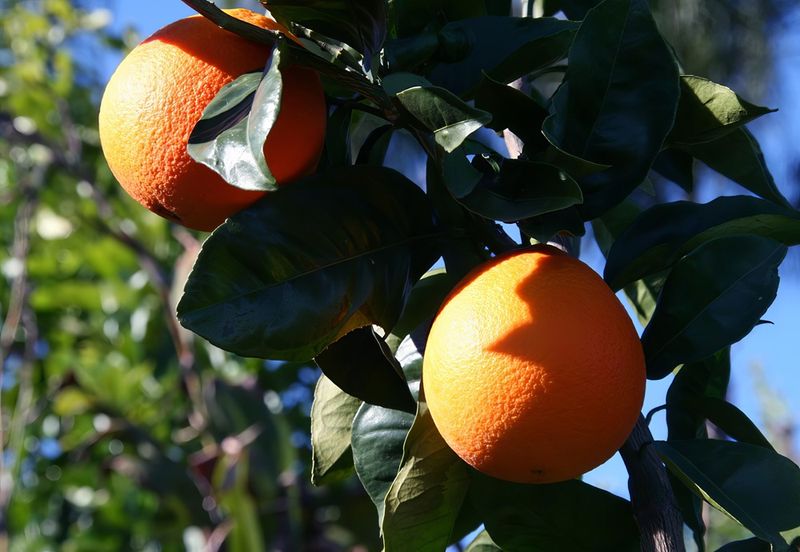
Once celebrated for their sweetness, Jaffa oranges now often fall short of expectations. Mass production has led to a decline in quality, resulting in dry and bland fruits with a big peel and little payoff. These oranges, originating from Israel, were historically considered a symbol of the region’s agricultural success. The thick skin, however, often conceals disappointingly dry segments inside. Despite dwindling quality, Jaffa oranges remain popular in markets worldwide, a testament to their enduring legacy in citrus history.
3. Valencia Oranges (Out of Season)

Valencia oranges are fantastic when in season, but catching them out of season can be a gamble. These citrus fruits often become pulpy and excessively seedy, offering a dry experience rather than the juicy delight one hopes for. Originating from Spain, they are grown globally, known for their sweet juice. Unfortunately, when stored or shipped improperly, their quality diminishes. Despite these challenges, they continue to be a favorite for juicing and are a staple in many households.
4. Standard Navel Oranges (from cold storage)
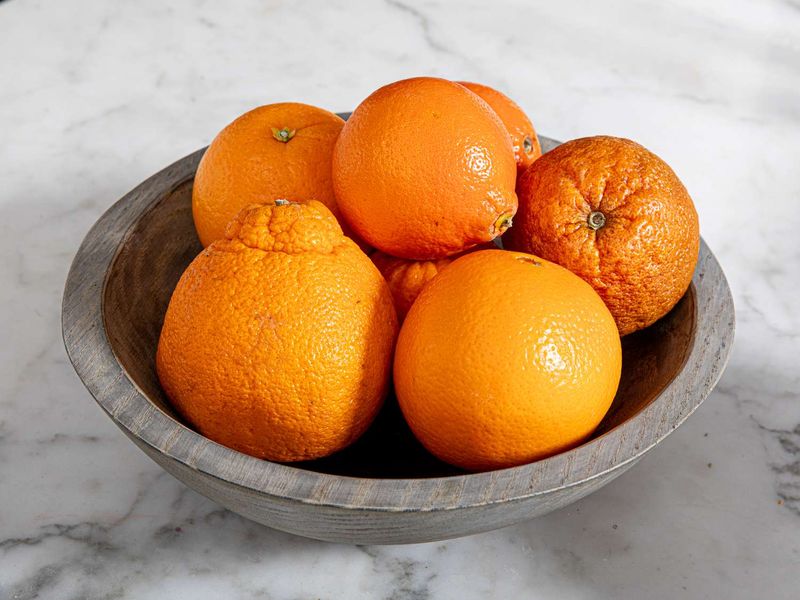
Standard Navel oranges are a staple in many fruit bowls, yet their quality can be hit or miss. Especially when transported long distances and stored in cold storage, they can develop a thick skin and pithy texture. The flavor often fades, leaving a less than satisfying citrus experience. Originally from Brazil, these oranges are prized for their easy peeling. However, extended storage can rob them of their natural sweetness. Despite these drawbacks, they remain a popular choice for their convenience.
5. Hamlin Oranges
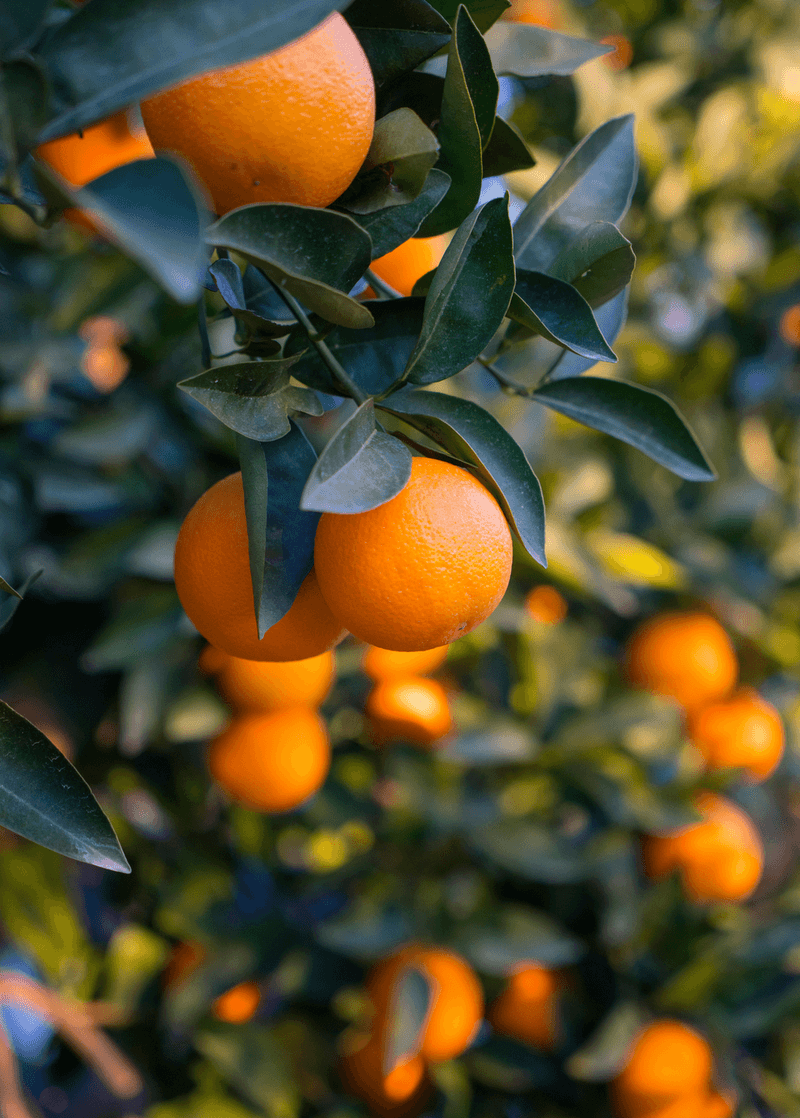
Hamlin oranges, while abundant, are often overlooked for eating due to their mild flavor. Used more frequently for juice, they possess low acidity which may lead to a watery, forgettable taste. Originating in Florida, they are cultivated primarily for their juice yield. The Hamlins’ subtle taste makes them a frequent choice for blends rather than standalone consumption. Despite their subdued profile, they are a backbone of the juice industry, contributing significantly to citrus production in the U.S.
6. Pineapple Oranges
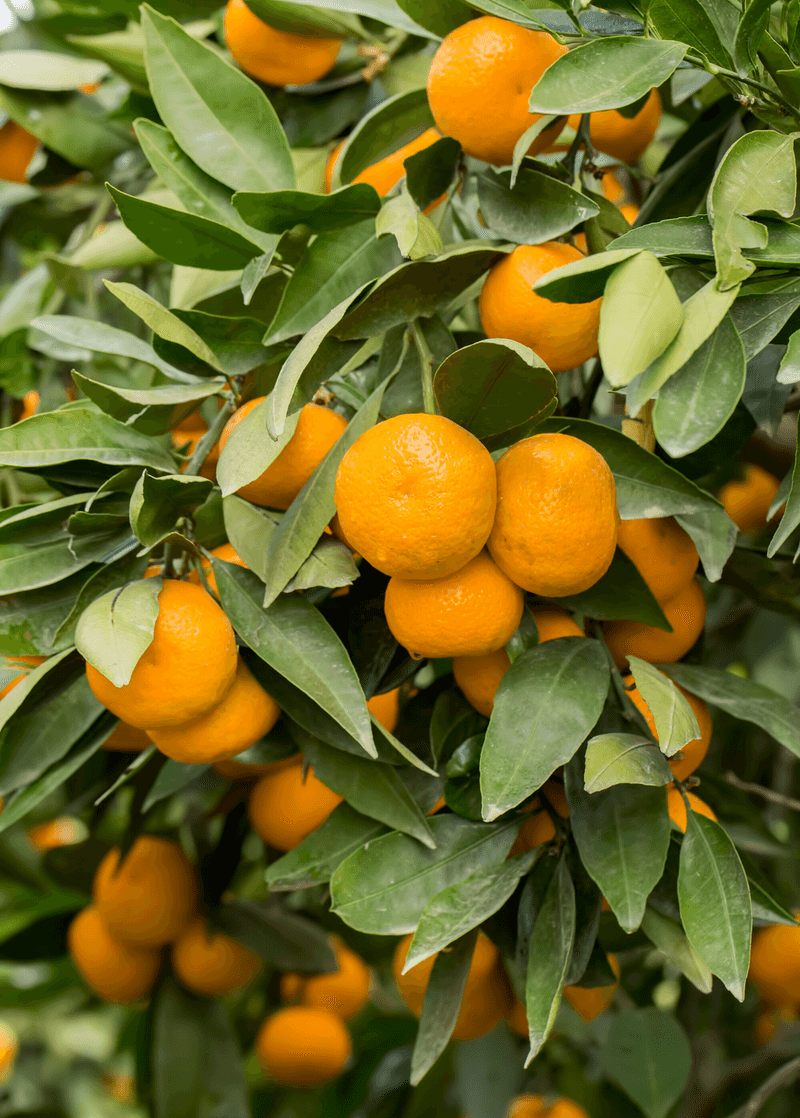
Despite their intriguing name, Pineapple oranges seldom deliver on sweetness. More sour than sweet, they are not the top pick for direct consumption, but rather a unique option for juicing. Their origins trace back to the United States, where they were developed for better juicing properties. These oranges are visually appealing, with a bright color that invites curiosity. However, the taste often surprises with a tart punch. They remain a choice for those seeking a zesty addition to their citrus repertoire.
7. Blood Oranges (When Underripe)
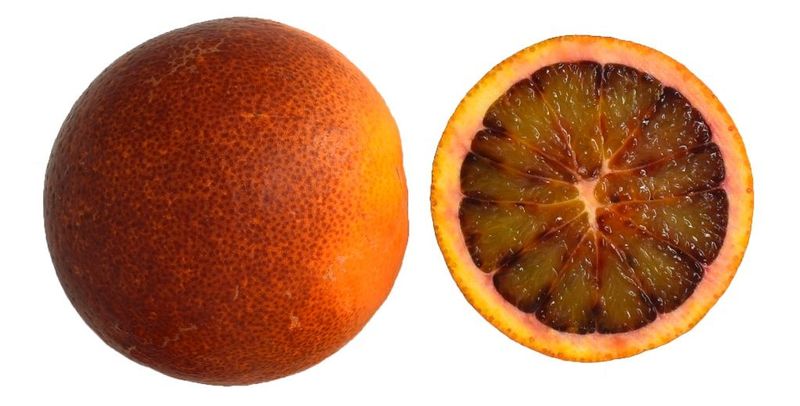
Blood oranges captivate with their vibrant, ruby-red interior, yet picking one too early can lead to disappointment. When underripe, these fruits can be dry and not sweet, falling short of their full potential. Originating from the Mediterranean, blood oranges are known for their distinct berry-like flavor when ripe. However, impatience in harvesting can result in an underwhelming taste experience. Despite this, they remain a favorite for their visual appeal and exotic flavor, offering a unique twist to citrus offerings.
8. Cara Cara Navel Oranges
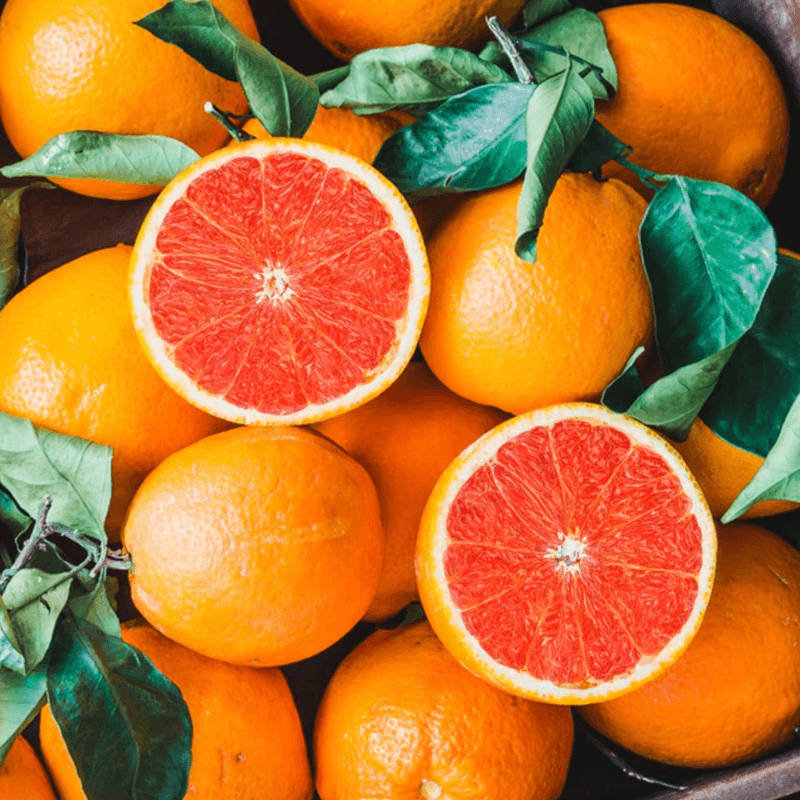
With a pink hue inside and sweet, low-acid profile, Cara Cara navel oranges are a delightful snack. Known as the queen of snackable citrus, they stand out for their rich flavor. Originating from Venezuela, these oranges have gained popularity for their unique taste and appealing color. Perfect for eating on their own, they offer a refreshing, juicy bite. Their sweetness and visual appeal make them a standout in fruit salads and culinary dishes alike. Cara Caras are truly a citrus lover’s dream.
9. Sumo Citrus (Dekopon Oranges)
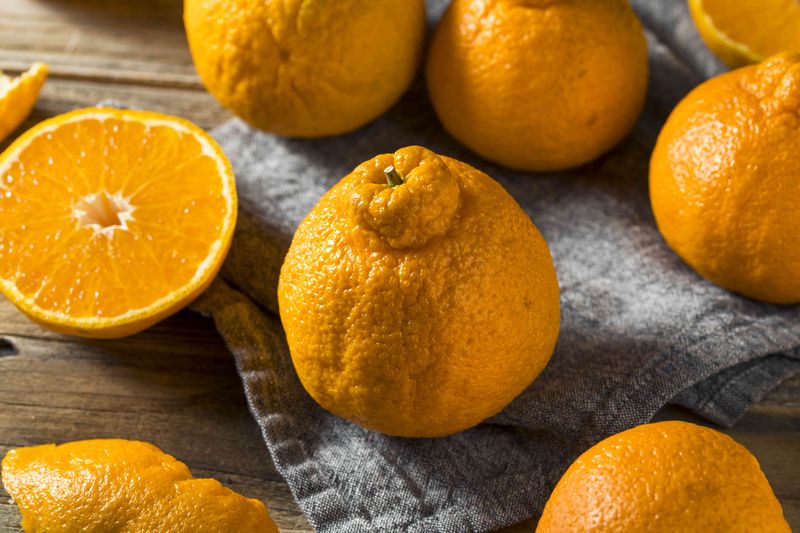
Sumo Citrus, or Dekopon oranges, are a marvel in the citrus world, known for their large size and easy peeling. Bursting with sweet, juicy flavor, they are a seasonal treat that captivates citrus enthusiasts with their unique texture and taste. Originally developed in Japan, they have made waves in global markets for their exceptional quality. The bumpy exterior hides a treasure trove of succulent fruit that’s well worth the premium price. Their brief availability makes them a coveted addition to any fruit basket.
10. Honeybell Tangelos
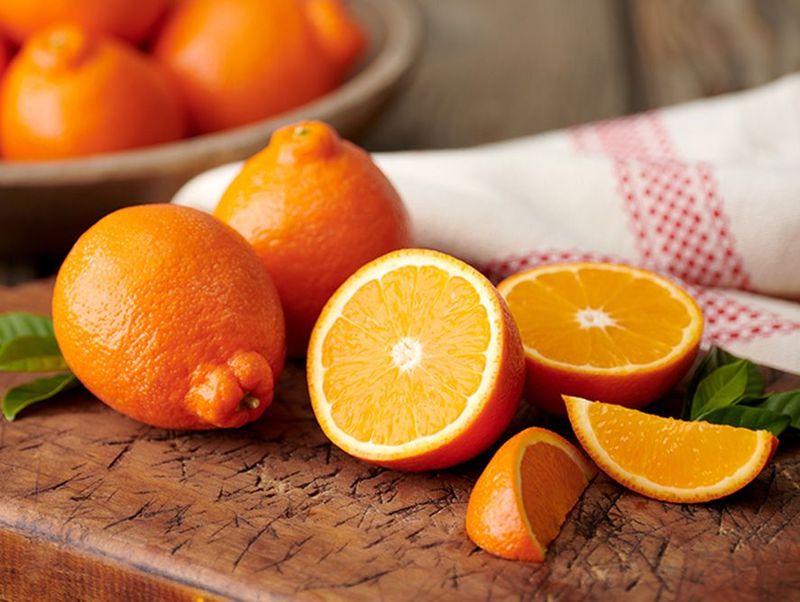
Incredibly juicy with a tangy-sweet kick, Honeybell tangelos are almost drinkable. Their season is short, so they are a must-grab when available. These fruits are a hybrid, combining the best traits of tangerines and grapefruits. Known for their bell shape and high juice content, they are a refreshing addition to any citrus lover’s diet. Originating in Florida, Honeybells are celebrated for their delightful taste and juiciness. They brighten up any winter day with their vibrant flavor profile.
11. Moro Blood Oranges (Peak Season)
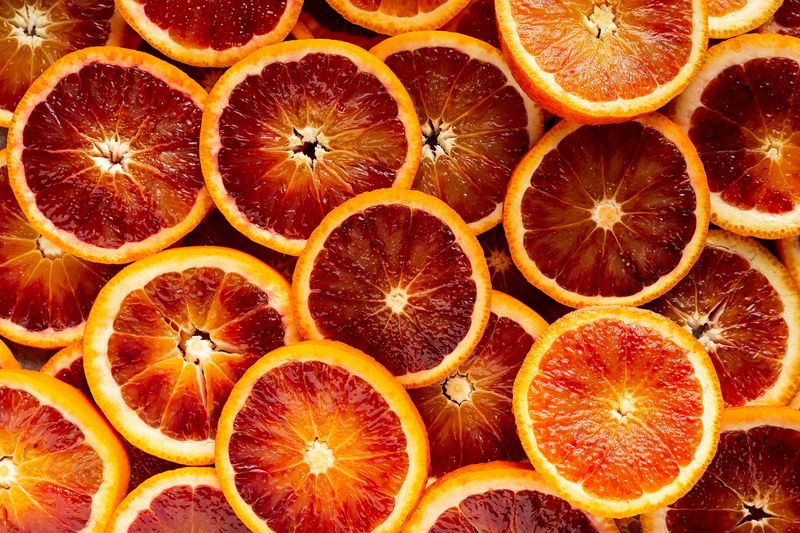
When harvested at peak ripeness, Moro blood oranges offer a rich and complex flavor with a berry-like edge. Their deep red color is as stunning as their taste, making them a wonderful addition to salads and desserts. Originating from Italy, these oranges are prized for their unique taste and visual appeal. Their juicy, sweet nature provides a refreshing alternative to common citrus options. Known for their vitamin C content, Moros are both a tasty and nutritious choice during their short season.
12. Clementines (Especially Cuties or Halos)
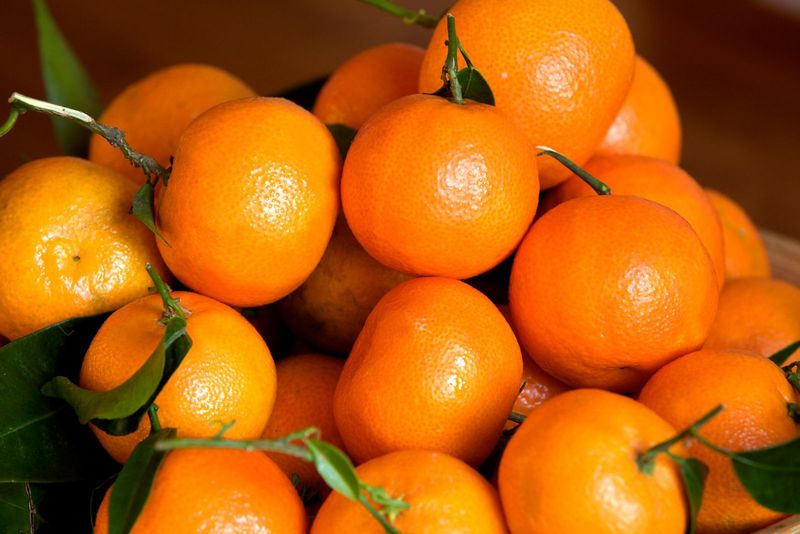
Tiny, seedless, and perfectly sweet, clementines like Cuties or Halos are beloved for their easy peeling and kid-friendly size. They’re the quintessential grab-and-go snack, delivering a satisfying sweet-tart balance that appeals to all ages. Originally from North Africa, these citrus gems have become popular worldwide for their convenience and delightful taste. Their low acidity and lack of seeds make them an easy choice for snacking. Whether enjoyed on their own or in a fruit salad, clementines are a perennial favorite.
